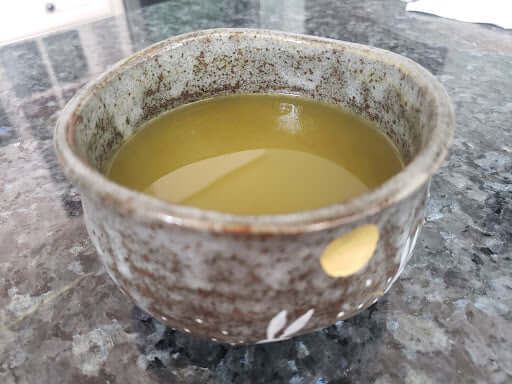Green therapy or Nature therapy is one of the latest ways to take control of your life.
Also known as ecotherapy, green therapy is the practice of being in nature to boost growth and healing, especially with regards to mental health.
You might also hear it called green care, green exercise, green therapy, or horticulture therapy.
In our modern and highly urbanized world, green therapy is becoming increasingly popular. Get back to the basics by taking advantage of the wisdom offered in this helpful post for beginners or the curious.
Types of Nature/ Green therapy: What is it All About?
In the most general sense, green therapy differs from casual strolls or hikes by being monitored or aided by the advice and care of a mental health professional or therapist.
As it is a new field, these professionals or “ecotherapists” are trained and licensed in a related area, such as counseling or psychotherapy, and incorporate the principles and techniques of ecotherapy into their existing practice.
There are various kinds of green or nature therapy that one can partake in according to their interests and needs, including activities recommended by WebMD such as:
- Adventure therapy: This type of therapy uses activities that explore nature and can be done in an individual or group setting. Rafting, hiking, kayaking, and even caving and rock climbing are good examples.
- Animal-assisted interventions or therapy: Animal-assisted interventions use locations like farms where you can pet or feed the animals. Animal-assisted therapy focuses on building a therapeutic relationship with animals like dogs, cats, or horses among others.
- Arts and crafts: This type combines creative crafts with nature. You might use your creative skills to paint in a green space, like a park or a forest. This type also includes using natural materials like clay, grass, or wood or using green spaces as inspiration for art. Woodworking, weaving, and even flower arranging are some examples.
- Conservation: Conservation pairs protection spaces in nature with physical exercise.
- Dark nature: Dark nature activities take place at night, so you might practice stargazing, night hikes (safely of course), or night fishing for example.
- Green exercise: Physical activities in green spaces. These activities include running, going on a walk, or taking a bike ride as some examples. If near a body of water, swimming can also be a great option.
- Therapeutic farming: This type involves participating in various farming activities such as growing and maintaining crops, taking care of animals, and participating in harvests.
- Therapeutic horticulture: This type involves smaller scale gardening such as growing food in community gardens or in a garden or small planter of your own.
- Wilderness therapy: This type of therapy works well in a group setting for both maximum efficacy and safety. You’ll spend time in the wild doing activities like hiking or making shelters, fires, tools, and maybe even foraging.
Obviously there can be as many options for experiencing nature’s therapy as you have the imagination to think of. So let your mind run wild and consider how you, personally, may best benefit from connecting with nature.
You don’t even need to be in a green space per-se to be able to engage in green therapy.
For example, one may benefit from being exposed to “natural” sounds such as water, rain, birds, and forest sounds through a noise machine or by inhaling smells of flowers, fruits, and other “natural” scents.
Even photographs, paintings, or videos may help. One study by researcher Roger Ulrich, for example, showed that heart surgery patients in intensive care units were able to reduce their anxiety and need for pain medication by viewing pictures depicting trees and water regularly.
Why is Green Therapy Important?
In modern times 50% of humans live in urban environments, a number expected to increase to 70% by 2050.
We’re farther removed from the natural world than ever before, even more so than our recent ancestors, and this is causing a whole host of problems. Anxiety, depression, and stress are all on the rise in hyper-urban environments, affecting both adults and children.
Compared to the lesser occurrences of these illnesses in rural areas, it became clear that humans need at least some contact with nature.
Studies have shown that children who live in buildings nearby green spaces may have a greater capacity for paying attention, delaying gratification, and inhibiting impulses than children who live in buildings surrounded by concrete and steel.
Green spaces and green therapy may also aid in limiting the symptoms of ADHD in children diagnosed with the disorder. Additionally, animal therapy and the presence of animals in general may reduce aggression and agitation among children and among adults diagnosed with Alzheimer’s disease.
So, take some free time from your bustling urban life and spend some time with the natural world. Maybe even watch some episodes of Planet Earth if you can’t be outside.
Or, use a noise machine to lull you to sleep and wake you up. Take care of the Earth as the Earth takes care of you.



